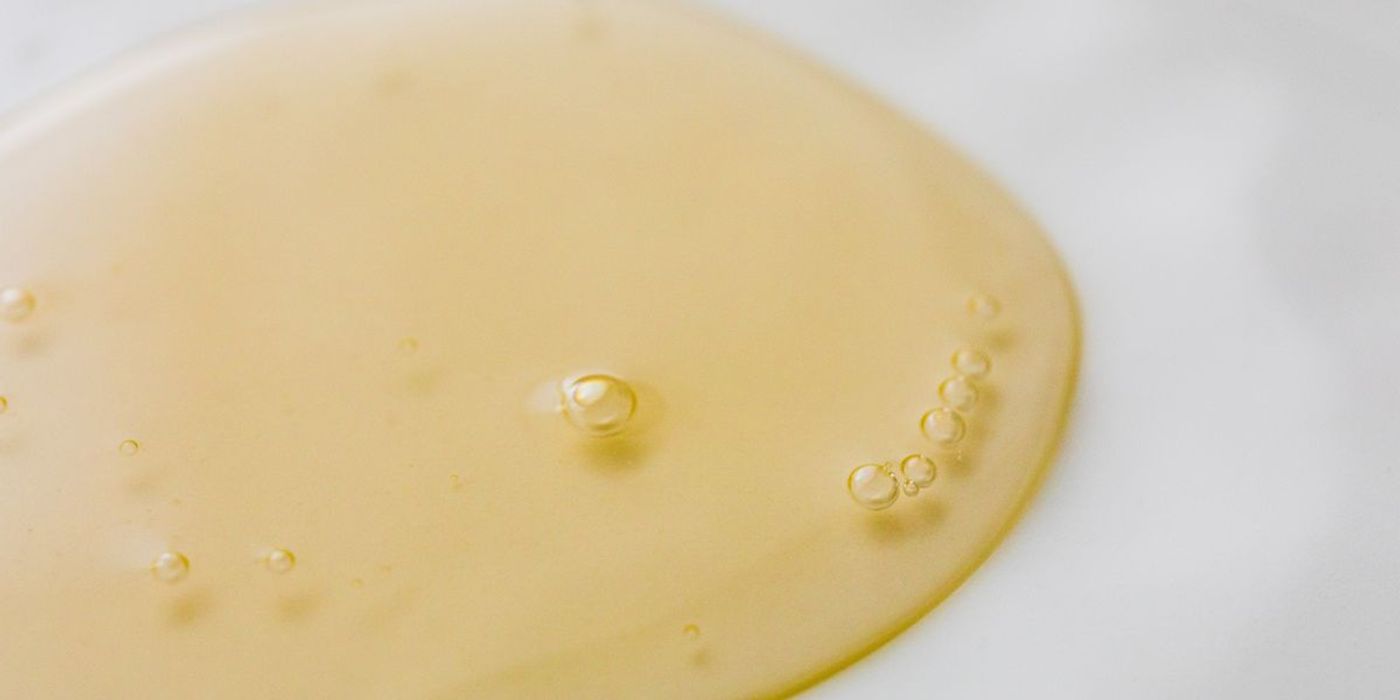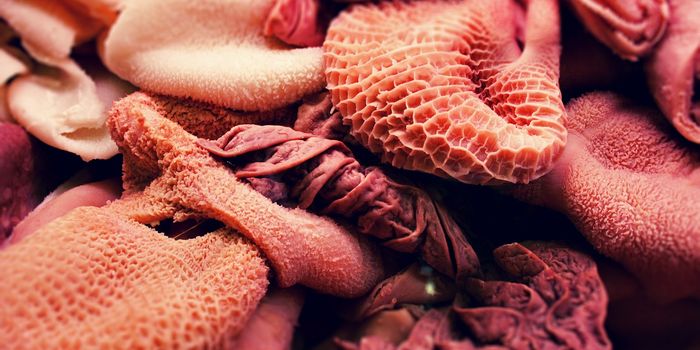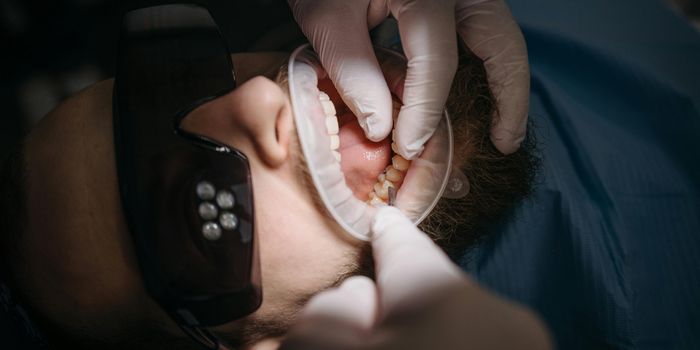Gel-encased Radioactive Iodine Eliminates Pancreatic Cancer in Mice

"We did a deep dive through over 1100 treatments across preclinical models and never found results where the tumors shrank away and disappeared like ours did," said Jeff Schaal, who conducted the research during his Ph.D. in the laboratory of Ashutosh Chilkoti, the Alan L. Kaganov Distinguished Professor of Biomedical Engineering at Duke University.
"When the rest of the literature is saying that what we're seeing doesn't happen, that's when we knew we had something extremely interesting,” he added.
Although pancreatic tumors account for just 3.2% of cancer cases, they are the third-leading cause of cancer-related death. This is because the tumors develop drug-resistant genetic mutations. The condition is also typically diagnosed late, meaning it has often already spread to other areas of the body.
The current leading treatment for the condition is a combination of chemotherapy and a beam of radiation at the tumor. The approach, however, relies on a certain threshold of radiation reaching the tumor that can be difficult to reach without risking severe side effects.
Another currently used method involves implanting a radioactive sample encased in titanium into the tumor. However, titanium does not block gamma rays, which, if left in the body beyond a short time, can damage surrounding tissues.
For the current study, researchers sought to develop a means to implant a radioactive sample into cancer tumors without risking damage to surrounding tissue.
To do so, they used a substance made of elastin-like polypeptides (ELPs). While a liquid at room temperature, the substance transforms into a gel-like substance in the human body. When injected into tumors with a radioactive element, ELPs encase radioactive atoms. In the current study, the researchers used iodine-131, due to its wide use in healthcare practice.
ELP depots prevent iodine-131 from leaking. While encased in ELP, iodine-131 emits beta radiation, which deposits almost all of its energy in the tumor and not further afield into surrounding tissue. Moreover, iodine-131 degrades into a harmless form of xenon- an odorless noble gas- before ELP degrades into its constituent amino acids and is reabsorbed by the body.
In the current study, the researchers tested the new treatment alongside paclitaxel, a commonly-used chemotherapy drug, on mouse models of pancreatic cancer. While one model included those with cancers just under their skin, the other included notoriously difficult-to-treat tumors in the pancreas.
In the end, the researchers recorded a 100% response rate across both models. They further noted that tumors were completely eliminated in three-quarters of mice 80% of the time. The researchers also recorded no immediately obvious side effects beyond those from chemotherapy alone.
"We think the constant radiation allows the drugs to interact with its effects more strongly than external beam therapy allows," said Dr. Schaal. "That makes us think that this approach might actually work better than external beam therapy for many other cancers, too."
The researchers say the next step is to test the treatment on larger animals. If successful, it may then move on to Phase 1 clinical trials in humans.
Sources: Nature Biomedical Engineering, Science Daily








